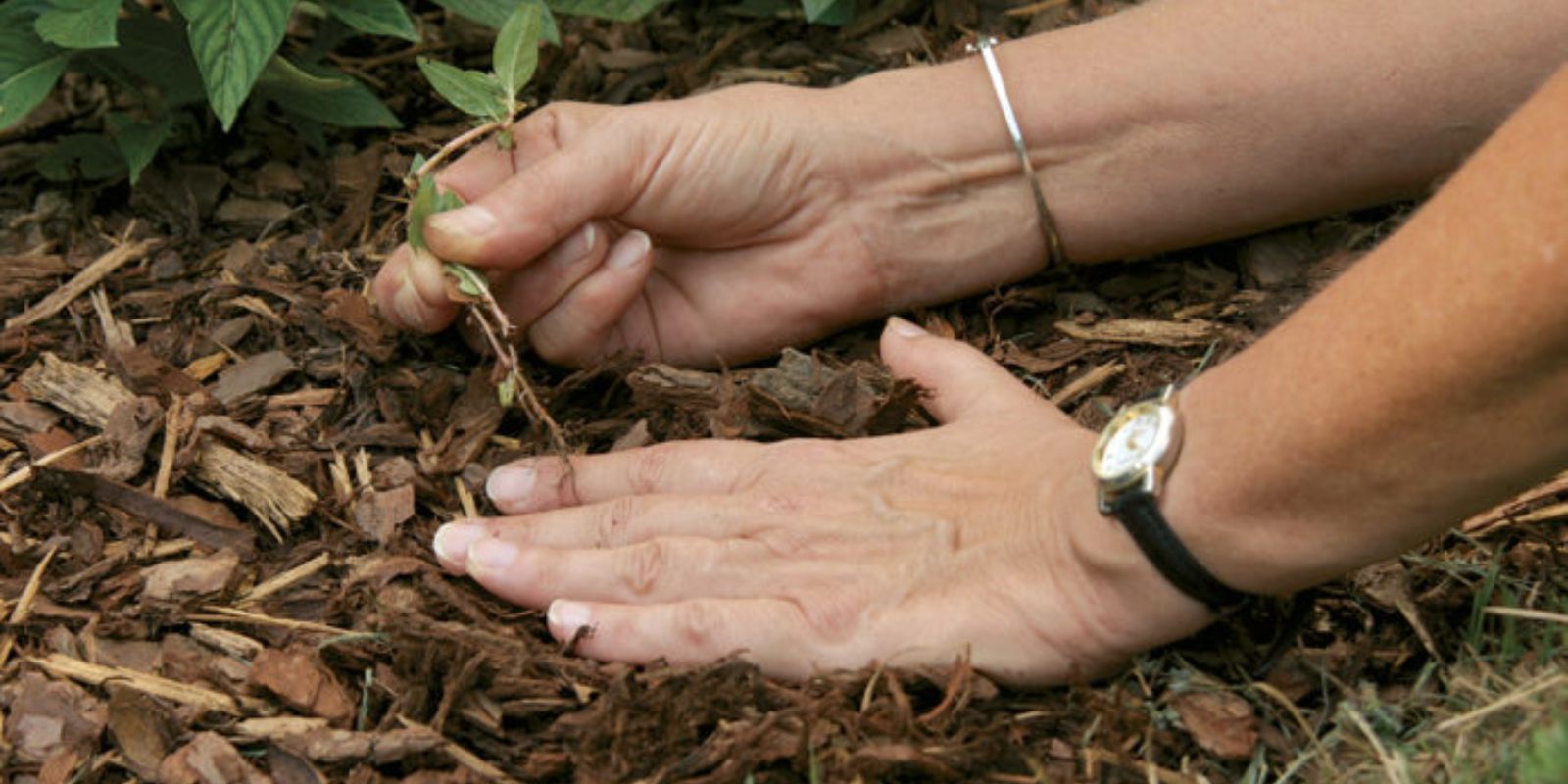Keeping weeds out of your mulch is essential for maintaining a healthy and beautiful garden. Weeds are not only unsightly but also compete with your plants for vital nutrients, water, and light. Fortunately, with the right strategies, you can minimize weed growth and ensure that your garden beds stay pristine and productive. This comprehensive guide will walk you through effective methods to keep weeds at bay and provide you with practical tips for maintaining a well-mulched garden.
1. Choose the Right Mulch
Choosing the right type of mulch is the first step in effective weed control. Not all mulches are created equal, and different materials offer varying levels of weed suppression. Here are some popular mulch options:
- Wood Chips: Wood chips are excellent for weed suppression because they form a dense layer that prevents light from reaching weed seeds. They also break down slowly, providing long-lasting coverage.
- Straw: Straw mulch is a popular choice for vegetable gardens. It’s lightweight and easy to spread, but it may need to be replenished more frequently than wood chips.
- Bark: Bark mulch, especially cedar or pine bark, is effective at suppressing weeds and adding an attractive finish to garden beds.
- Compost: Compost can be used as mulch and offers the added benefit of improving soil quality as it breaks down. However, it may not be as effective as other mulches in preventing weed growth.
2. Apply Mulch Properly
Proper application of mulch is crucial for its effectiveness in controlling weeds. Follow these guidelines to ensure optimal results:
- Layer Thickness: Apply a thick layer of mulch, ideally 2-4 inches deep. This thickness helps block sunlight from reaching weed seeds and inhibits their germination.
- Even Distribution: Spread mulch evenly across the soil surface, making sure to cover the entire area around your plants. Avoid piling mulch directly against plant stems or trunks, as this can lead to moisture buildup and potential plant diseases.
- Edge Definition: Create clear boundaries between your garden beds and lawn or walkways. Using edging materials like plastic, metal, or stone can help prevent mulch from spilling over and weeds from encroaching.
3. Use Weed Barrier Fabric
Weed barrier fabric is an effective tool for preventing weed growth under mulch. Here’s how to use it:
- Installation: Lay down weed barrier fabric over the soil before applying mulch. Ensure that the fabric covers the entire area and overlaps at the edges to prevent weeds from sneaking through.
- Securing Fabric: Use landscape pins or staples to secure the fabric in place. This will keep it from shifting and ensure continuous weed protection.
- Cutting Holes: If you have existing plants, carefully cut holes in the fabric to accommodate them. Be sure to leave enough fabric around the plants to prevent weeds from growing.
4. Maintain Mulch Layers
Mulch requires regular maintenance to remain effective in weed control:
- Replenish as Needed: Over time, mulch will break down and decompose. Check the mulch layer regularly and add more as needed to maintain a thickness of 2-4 inches.
- Top Up Mulch: After heavy rains or high winds, mulch may be displaced. Replenish any areas where the mulch has been disturbed to ensure consistent weed suppression.
- Seasonal Care: Mulch may need to be refreshed or replaced depending on the season and weather conditions. Spring and fall are good times to assess and maintain your mulch layer.
5. Remove Weeds Promptly
Even with mulch in place, some weeds may still find their way through. It’s important to address them quickly:
- Hand Pulling: Regularly inspect your garden for weeds that have managed to poke through the mulch. Hand-pull these weeds to prevent them from spreading and competing with your plants.
- Hoeing: For larger areas, using a hoe to gently remove weeds from the surface can be effective. Be careful not to disturb the mulch or the roots of your plants.
- Mulch Maintenance: If you notice weeds growing through the mulch, consider adding a fresh layer or adjusting the mulch thickness to improve coverage.
6. Edge Your Beds
Creating defined edges around your garden beds helps prevent weeds from spreading into mulched areas:
- Edging Materials: Use materials like plastic, metal, or stone to create a physical barrier between your garden beds and adjacent areas. This helps keep mulch contained and prevents weeds from encroaching.
- Regular Maintenance: Check the edges of your garden beds regularly to ensure they remain intact and effective in preventing weed growth.
- Garden Design: Consider incorporating raised garden beds or containers to reduce the amount of weeding and maintenance required.
Conclusion
Keeping weeds out of your mulch is essential for maintaining a healthy, attractive garden. By choosing the right mulch, applying it properly, using weed barrier fabric, maintaining mulch layers, removing weeds promptly, and creating defined edges, you can effectively control weeds and ensure that your garden beds remain in top condition. Implement these strategies to enjoy a weed-free, beautiful garden all year round.
Ready to take your garden to the next level? Follow these tips and watch your garden flourish! 🌱🌷 #WeedControl #MulchMagic #GardenMaintenance #HealthyGarden #WeedFreeGarden

